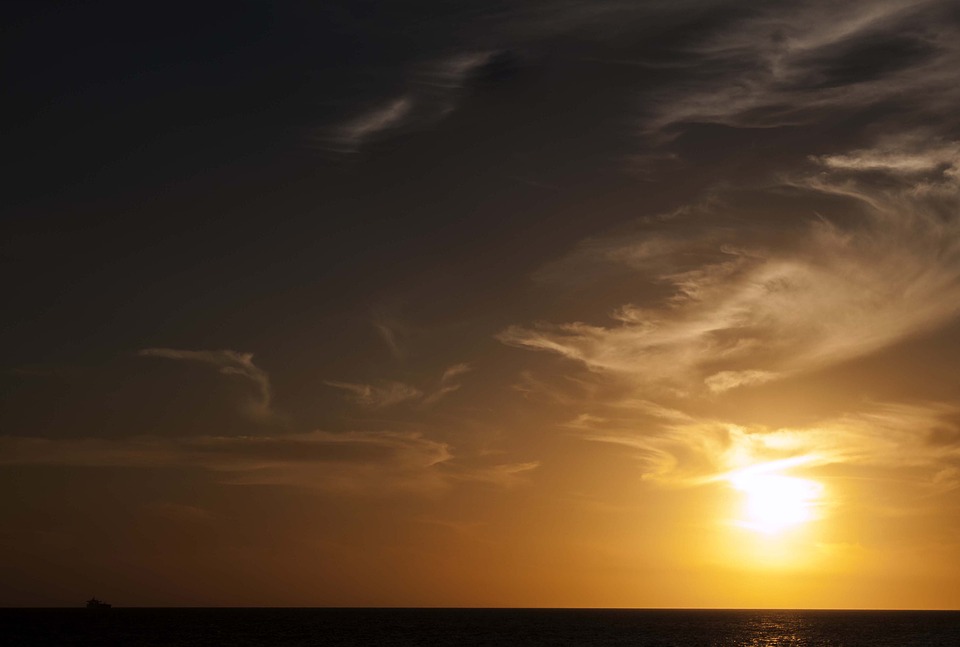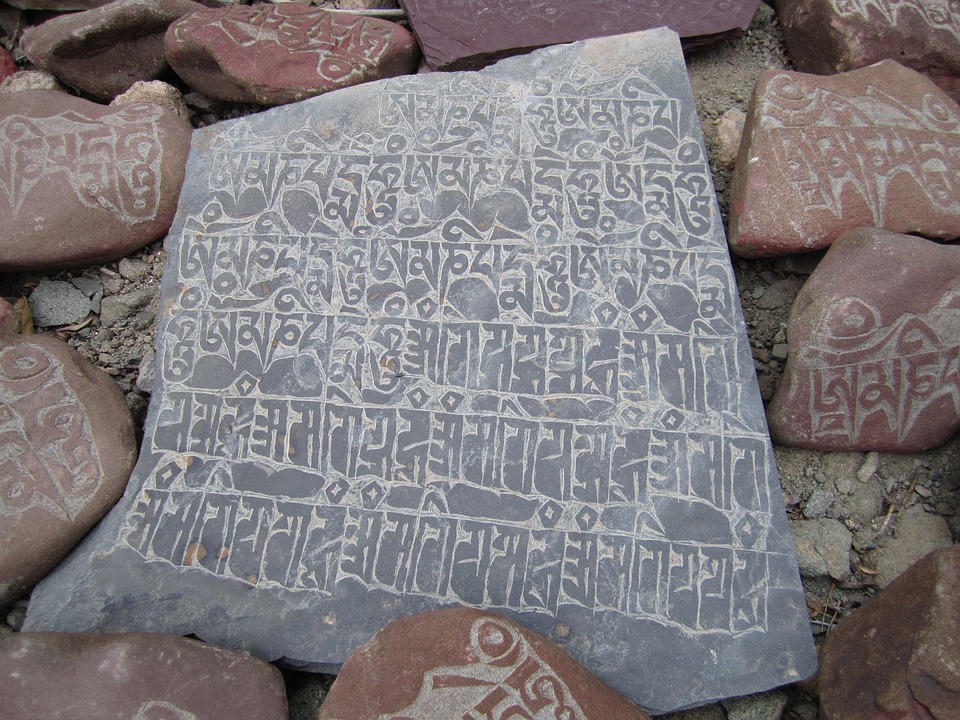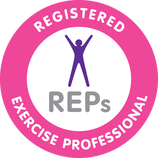For the last week I have been in Spain, on my first proper yoga retreat. I have been on a couple of yoga holidays before, but this was a whole different experience. I thought it would be helpful to share my experience with you, as so many clients ask about retreats.
Yoga retreats come in all shapes and sizes and the content and format varies greatly depending on the teacher and the kind of yoga you are interested in — there are actually Pilates retreats, as well. It’s important to do your research and perhaps ask for recommendations, because going on a retreat can be expensive and uses up precious leisure time. It’s worth taking the time to get it right.
I flew into Malaga and then met up with three other ladies, none of whom I had met before, and we drove to the retreat. I knew that the location would be rural and out of the way, and have to admit that I was a bit nervous. I was fortunate enough to know the yoga teacher quite well and there were also a couple of other friends of mine going along, so the prospect of the week ahead was not quite as intimidating as it could have been. When we finally got to the end of a very rough track up in the hills, it became evident that the retreat really was in the middle of nowhere! The nearest small town was 11km away, so other than the olive trees spanning the countryside as far as the eye could see, there really were no distractions!
The yoga teacher running the retreat was the truly amazing and beautiful Isabell Britsch at the Hacienda near Montefrio. The Hacienda is a private house, not open to the general public, so the entire space is rented by one group at a time. There were 16 of us on the retreat I went on.
Yoga retreats come in all shapes and sizes and the content and format varies greatly depending on the teacher and the kind of yoga you are interested in — there are actually Pilates retreats, as well. It’s important to do your research and perhaps ask for recommendations, because going on a retreat can be expensive and uses up precious leisure time. It’s worth taking the time to get it right.
I flew into Malaga and then met up with three other ladies, none of whom I had met before, and we drove to the retreat. I knew that the location would be rural and out of the way, and have to admit that I was a bit nervous. I was fortunate enough to know the yoga teacher quite well and there were also a couple of other friends of mine going along, so the prospect of the week ahead was not quite as intimidating as it could have been. When we finally got to the end of a very rough track up in the hills, it became evident that the retreat really was in the middle of nowhere! The nearest small town was 11km away, so other than the olive trees spanning the countryside as far as the eye could see, there really were no distractions!
The yoga teacher running the retreat was the truly amazing and beautiful Isabell Britsch at the Hacienda near Montefrio. The Hacienda is a private house, not open to the general public, so the entire space is rented by one group at a time. There were 16 of us on the retreat I went on.
The programme for the day consisted of a fairly early start — 8.30am. That was actually quite late, compared to the previous two yoga holidays I had been on, when we began practising at 7.00am! The morning practice was a fairly fiery yang one, challenging and energetic and the session went on until 11.00am. It was great to be pushed to try and achieve greater depth in my practice in a safe environment, with an incredibly supportive group of people. By the end of the session, stomachs were rumbling and brunch was very welcome. All the food was vegetarian and cooked on-site by an amazing chef. The food was plentiful, delicious and varied; it was a real treat.
We were then given time off to sun ourselves around a gorgeous pool. Much dozing, reading and chatting took place — no television and very dodgy WiFi! We were also given homemake cake before afternoon practice, to make sure we didn't go hungry!
Afternoon practice was from 4.30pm until 7.00pm and was very different to the makeup of the morning session. We had a much slower, cooling, yin practice for 90 minutes, giving time to sink slowly into poses, and then finished with 45 minutes of seated, silent meditation. Then came dinner — again, very welcome by this time! After three courses and more chatting it was pretty much bedtime. No alcohol was served during the week, so it was a good opportunity to live a very healthy lifestyle.
Initially, after I arrived and sat in my bedroom with the whole week laid out in front of me I did feel daunted. Would I manage the schedule? Would I get on with everyone? How would it feel to be so far removed from everything?
Having been back a couple of days now and with time to reflect, I can honestly say that it was a wonderful week. Coming back to civilisation felt so noisy and busy and my senses were bombarded! It had been such a lovely, gentle way to pass the days: cleansing, mentally and physically. Being with the same group of people in quite close proximity for such concentrated time could have caused some friction, but everyone was truly inspiring and kind and considerate; I didn't hear an impatient word uttered the whole time I was there. I was glad to get home to friends, family and routine, but it was an experience that will stay with me for a long time to come.
If you know you need some time out of a stressful and busy life, then I would thoroughly recommend it. Maybe a weekend retreat initially, particularly if you have never done anything like it before. I feel more content, balanced and appreciative of what I have and will definitely be going again.
We were then given time off to sun ourselves around a gorgeous pool. Much dozing, reading and chatting took place — no television and very dodgy WiFi! We were also given homemake cake before afternoon practice, to make sure we didn't go hungry!
Afternoon practice was from 4.30pm until 7.00pm and was very different to the makeup of the morning session. We had a much slower, cooling, yin practice for 90 minutes, giving time to sink slowly into poses, and then finished with 45 minutes of seated, silent meditation. Then came dinner — again, very welcome by this time! After three courses and more chatting it was pretty much bedtime. No alcohol was served during the week, so it was a good opportunity to live a very healthy lifestyle.
Initially, after I arrived and sat in my bedroom with the whole week laid out in front of me I did feel daunted. Would I manage the schedule? Would I get on with everyone? How would it feel to be so far removed from everything?
Having been back a couple of days now and with time to reflect, I can honestly say that it was a wonderful week. Coming back to civilisation felt so noisy and busy and my senses were bombarded! It had been such a lovely, gentle way to pass the days: cleansing, mentally and physically. Being with the same group of people in quite close proximity for such concentrated time could have caused some friction, but everyone was truly inspiring and kind and considerate; I didn't hear an impatient word uttered the whole time I was there. I was glad to get home to friends, family and routine, but it was an experience that will stay with me for a long time to come.
If you know you need some time out of a stressful and busy life, then I would thoroughly recommend it. Maybe a weekend retreat initially, particularly if you have never done anything like it before. I feel more content, balanced and appreciative of what I have and will definitely be going again.




 RSS Feed
RSS Feed
